The correct fencing for your organization provides a safe and secure place to contain your livestock. Within such an area, you can be sure of safety and security of the same. The principle of wire fence is that they are supported mainly by tension, being stretched between heavy strutted or guy-wired posts at ends, corners and ideally at intervals in longer stretch. Between these barced posts are aditional smaller wooden or metal posts which keep the wires spaced and upright, usually 3 to 6 meteres(10 to 20 ft.) apart, depending on the style of fencing used.
Traditionally, wire fencing material is maid of galvanized mild steel, but galvanized high-tensile steel is now also used in many places. To prevent sagging of the fence, which rises the risk of entanglement or escape, the wire is tensioned as much as the material will safely allow during construction by varios means.
Wire fences are typically run on wooden posts, cement or iron poles use of rot-resistant wooden posts or steel posts is adviced.
Welded Wire Mesh Fencing : Welded wire mesh fence is a steel fence consisting of wire strands electrically welded together to form a high strength mesh. Welded wire mesh fences are used predominantly as high security barriers where visibility through the fence is necessary or desirable.
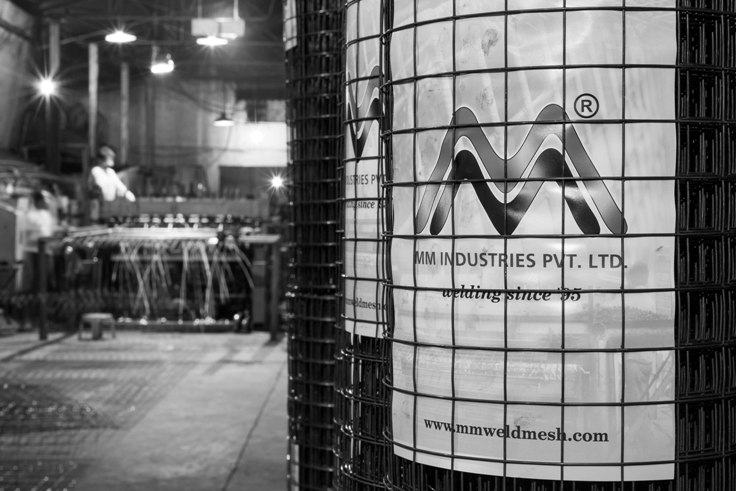
Chain Link Fencing : A chain-link fence is a type of woven fence usually made from galvanized or LLDPE-coated steel wire. The wires run vertically and are bent into a zig-zag pattern so that each "zig" hooks with the wire immediately on one side and each "zag" with the wire immediately on the other. This forms the characteristic diamond pattern seen in this type of fence.
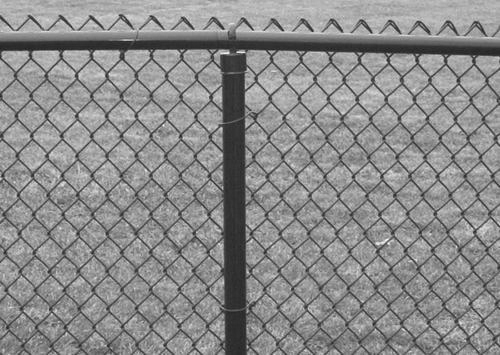
Concertina Coil Fencing : Concertina coil has been utilized as a part of high-security areas and has increased extraordinary popularity and is currently utilized as a part of all manufacturing businesses to prevent encroachment and subsequent thefts. Because of the structure of the coil, encroachment is extremely troublesome and adds extraordinary wellbeing to your property.
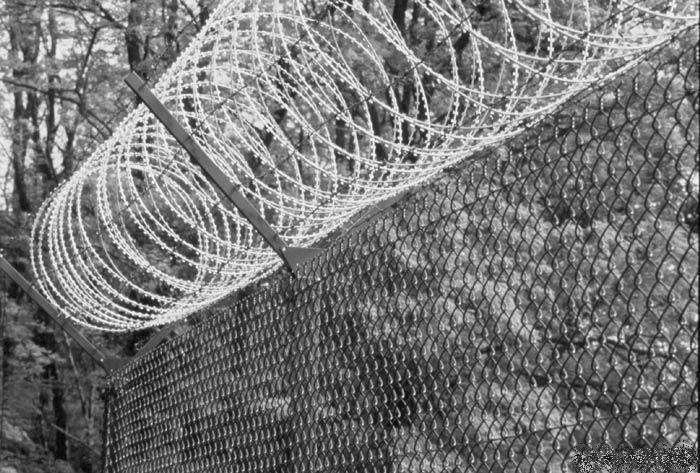
Barbed Wire Fencing : Barbed wire is a type of steel fencing wire developed with sharp edges or points arranged at intervals along the strand, made up of GI wire it is one of the common mode of fencing in each region . It is also a major feature of the fortifications in trench fighting (as a wire obstacle).Barbed Wire fences were less expensive and simpler to erect than their alternatives.
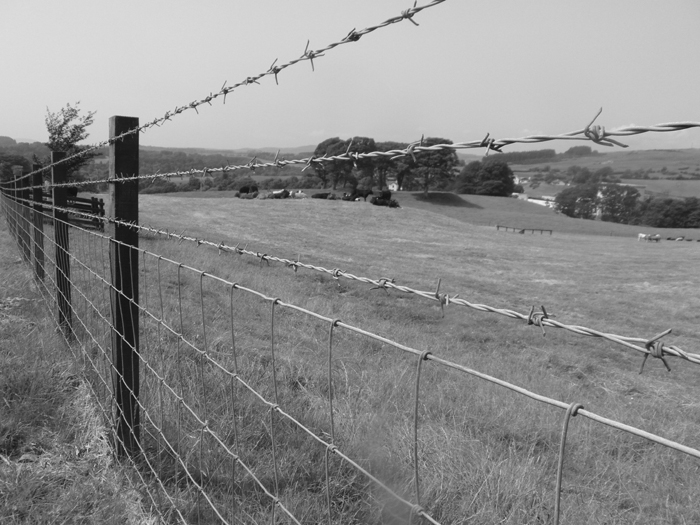
Electric fencing : is a barrier that uses electric shocks to deter animals from crossing a boundary. The voltage of the shock may have effects ranging from discomfort to death. Most electric fences are used today for agricultural fencing and other forms of animal control, although they are frequently used to enhance the security of sensitive areas, such as military installations, prisons, and other security sensitive places; places exist where lethal voltages are used.

Agriculture Fencing : Agriculture fencing is first of its kind in India and most economical one. This provides easy installation because the hinge "gives" while retaining full height for continuing protection and good looks. Vertical wires are individually cut and wrapped for maximum strength and flexibility. It is used in fencing pastures, fields, forests and other large areas, also used as a material for animal cages and plant support in garden.It is also recommended for various types of poultry, such as chicken, rabbits, and keeps your farm fields, roads, forests and gardens from the incursions of rabbits and foxes.

Expanded Metal Fencing : A high-security and anti-corrosion fence, is made of aluminum, low carbon steel or stainless steel. Its diamond-shaped openings make expanded metal a versatile product for applications such as commercial, industrial, governmental or institutional sites and where the possibility of malevolent incursion. Expanded metal fence includes two types: Raised expanded metal fence & flattened expanded metal fence.
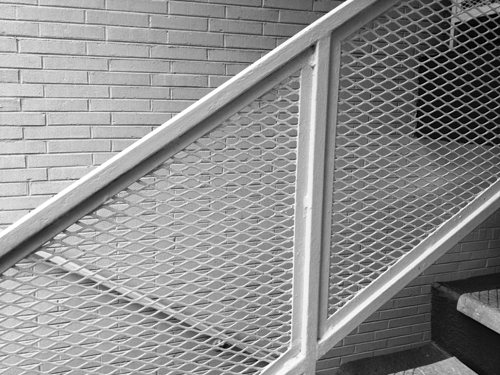
Common Applications